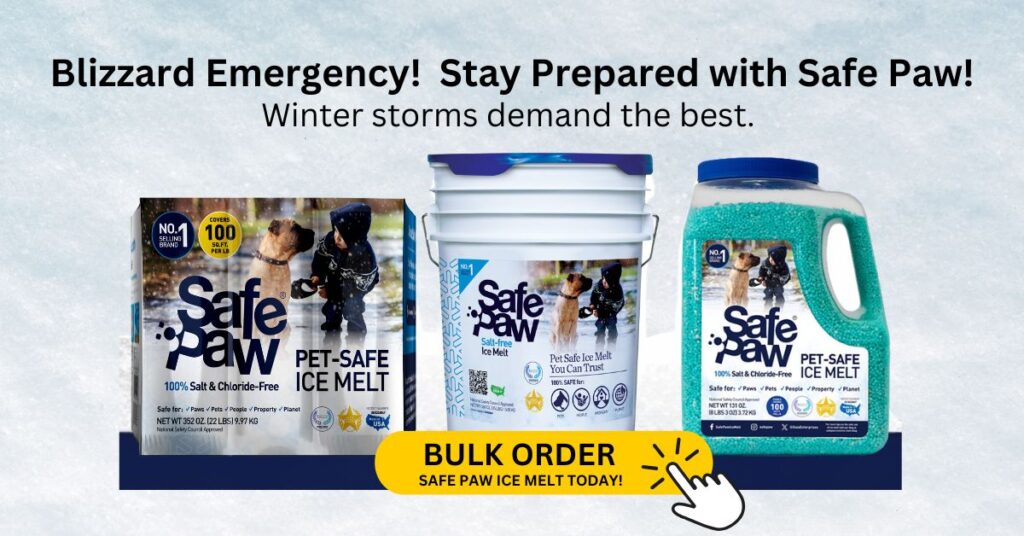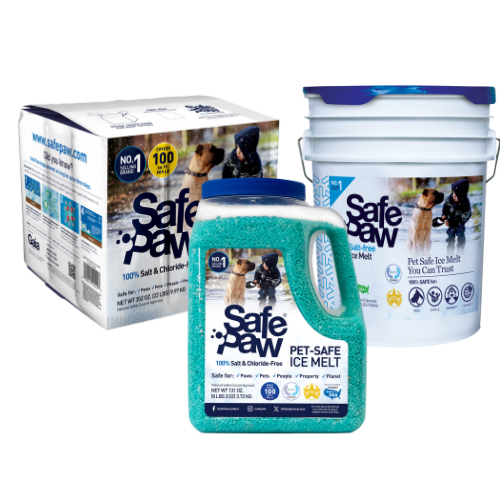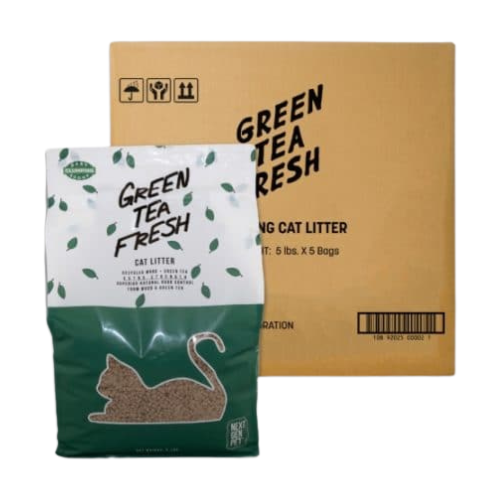If Pre-Existing Poor Quality Is Suspected, How Can I Assess the Condition of My Concrete?
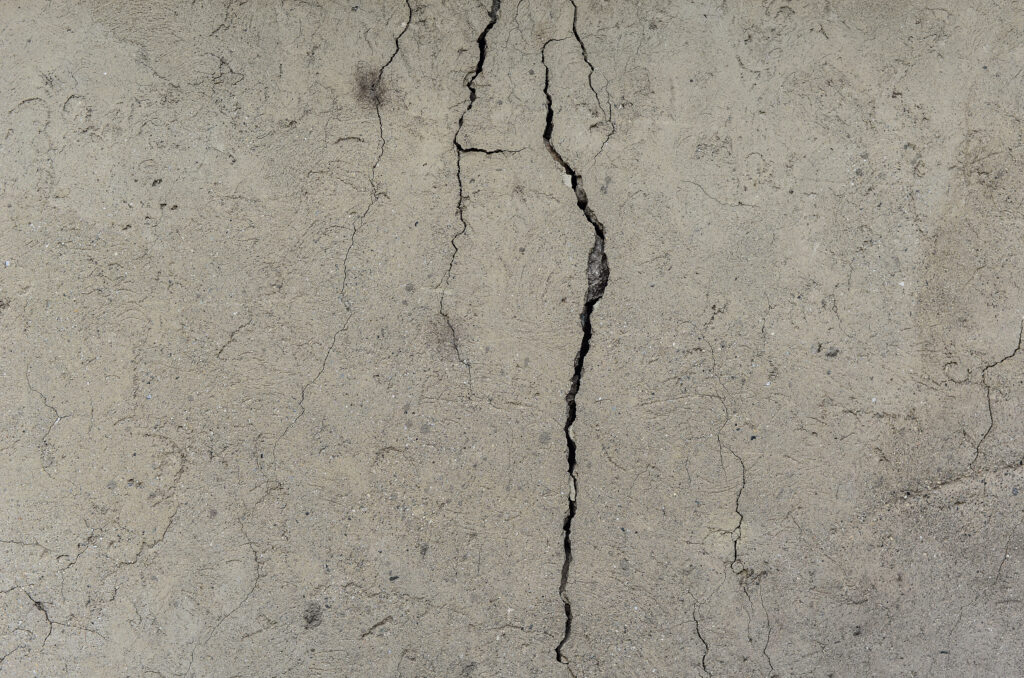
Concrete might seem tough and dependable on the outside, but what lies beneath the surface can be a different story altogether. If you’re concerned that your concrete may have been poorly installed—or just want to assess its current condition before applying any treatments or deicers—you may find the answer frustrating: you can only see the surface, not the story underneath.
Understanding what you’re really dealing with is crucial, especially before winter, when moisture, freeze-thaw cycles, and chemical exposure can rapidly escalate hidden weaknesses.
Surface Observations Are Limited
Visually, concrete can appear solid, smooth, and free of damage. You might see no visible cracks or flaking. But unlike materials such as steel—which have uniform surface properties—concrete is inherently inconsistent at the microscopic level.
Even a flawless-looking slab can have:
- Tiny surface valleys and high points
- Microscopic channels or pores
- Uneven distribution of aggregate materials
This is because concrete is essentially rock held together by paste. That paste might not bond perfectly in every spot. So while the slab may look fine to the naked eye, it may still be vulnerable to moisture infiltration or freeze-thaw expansion if not properly finished or sealed.
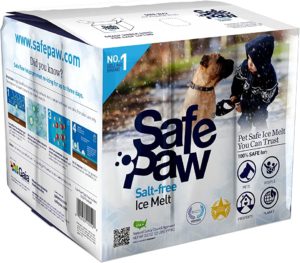
Pet Friendly Ice Melt – Safe Paw!
The Original and the #1 Child and Pet Safe Ice Melt for over 20 years. Guaranteed environmentally safe – will not harm waterways and sensitive wetlands.
Can You Test Concrete Quality Yourself?
In most cases, no reliable DIY surface test exists to fully determine concrete quality. You can:
- Visually inspect for cracks, pitting, or scaling
- Knock or tap to listen for hollow sounds that suggest delamination
- Look for signs of past water damage or discoloration
But these are superficial indicators. You can’t assess the integrity of the concrete mass or even the top few millimeters of surface “skin” without specialized tools or lab testing.
High-resolution photography and microscopy can reveal surface characteristics in scientific studies, but this is not practical or affordable for everyday homeowners. And unless you’ve documented the installation process, you likely won’t know whether proper air entrainment, working, or curing practices were followed.
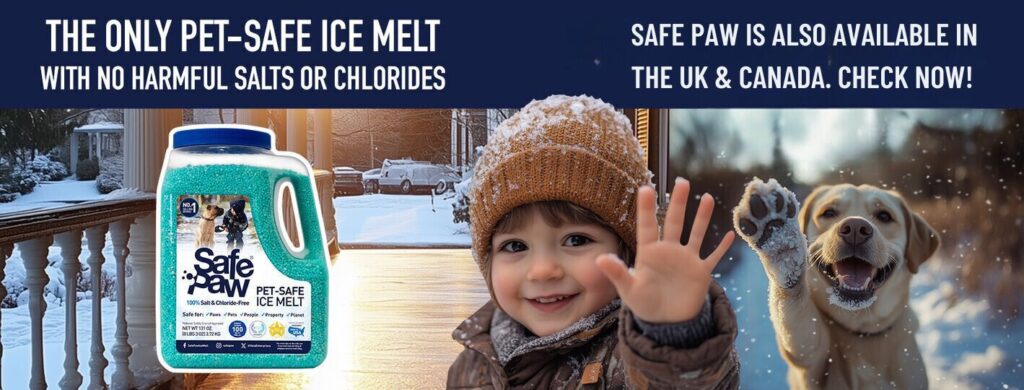
Why Contractor Experience and Sealing Matter
The best chance at long-term concrete integrity starts during installation. If poor-quality materials were used, if the concrete wasn’t worked or finished properly, or if no air entrainment was added during mixing, the slab may be inherently vulnerable.
This is why hiring a qualified contractor—someone who follows industry best practices and recommends post-installation sealing—is critical.
Unfortunately, many jobs are rushed. Contractors may skip sealing because it’s time-consuming or because they know they won’t be around for the winter effects. Concrete might look great when they leave, but issues often only appear after the first freeze.
Pet Safe Ice Melt – Safe Paw
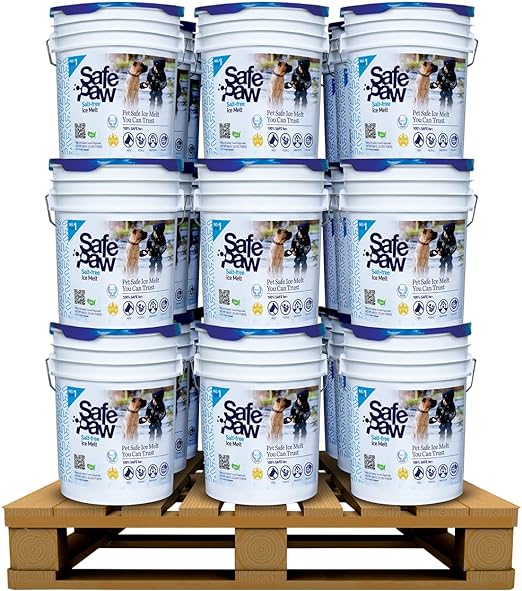
Safe Paw, Child Plant Dog Paw & Pet Safe Ice Melt -35lb, 36 Pails

Safe Paw, Child Plant Dog Paw & Pet Safe Ice Melt -22lb, 100Bboxes
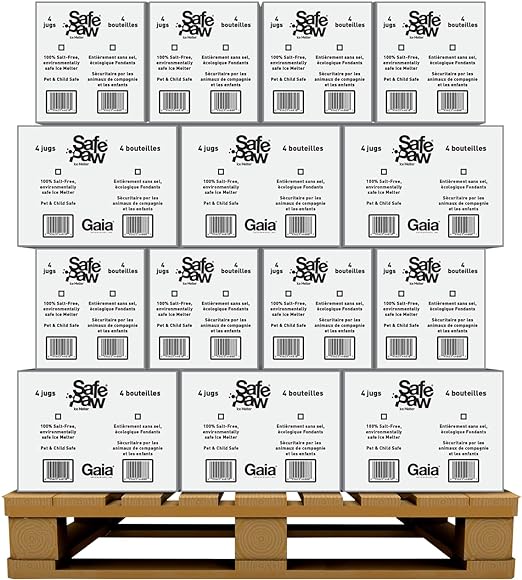
Safe Paw, Child Plant Dog Paw Pet Safe Ice Melt, 160 Jugs
Pet Products Powered By EzPz.pet
Signs You Might Be Dealing with Poor-Quality Concrete
While there’s no guaranteed way to verify concrete quality after the fact, there are warning signs:
- Surface feels excessively rough or brittle
- Water pools in specific areas instead of draining
- Edges flake easily under minimal stress
- No record or mention of sealing after the pour
If any of these signs are present, it’s best to proceed with caution before applying any ice melt products—especially if you’re unsure how the concrete will react under winter stress.
Conclusion
Assessing the quality of your concrete is far more complicated than simply checking for cracks. Unlike uniform materials like steel, concrete varies in composition and surface texture, making it nearly impossible to determine its internal strength without professional tools or detailed installation records. This means that much of what you need to know is invisible. Your best defense? Choose knowledgeable contractors, insist on sealing after installation, and never assume a good-looking surface means long-term durability. Prevention is the only guarantee—because once winter hits, weaknesses that were hiding in plain sight can turn into costly repairs.
FAQs About Assessing Concrete Quality
Other Ice Melt Products
Traction Magic
Stay safe on slippery surfaces with a product that’s 100% natural and safe for pets, people, and your property. Use Traction Magic on sidewalks, steps, or as instant traction for your car.
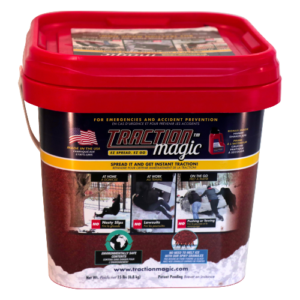
Safe Thaw
Imagine an ice melt you can put down and never worry about. It won’t harm pets, kids and your property. That’s Safe Thaw. Unlike anything else on the market, Safe Thaw can change how winter affects our planet.
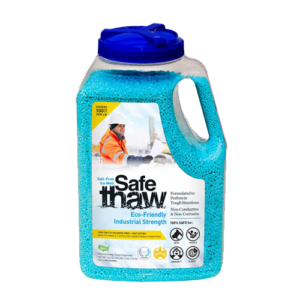
Walk On Ice
Prevent slips at home, work or on the go, The handy disposable canister can be taken everywhere, with the same 100% naturally occurring minerals that provide instant traction on ice or snow.
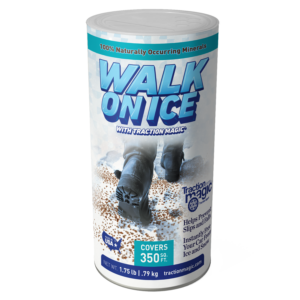
Safe Thaw
Imagine an ice melt you can put down and never worry about. It won’t harm pets, kids and your property. That’s Safe Thaw. Unlike anything else on the market, Safe Thaw can change how winter affects our planet.

